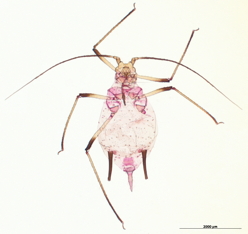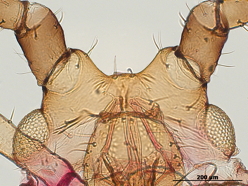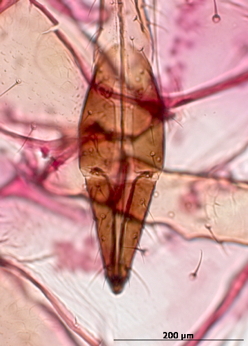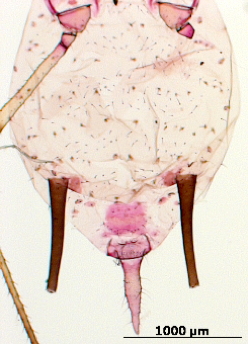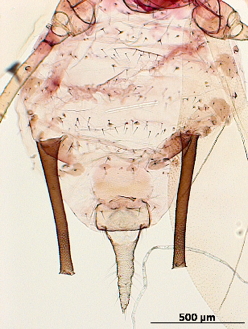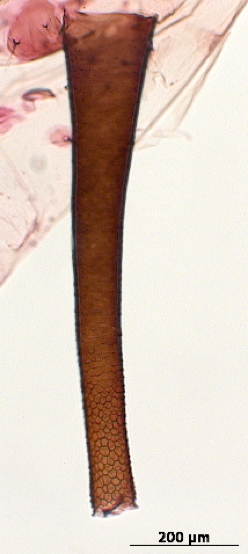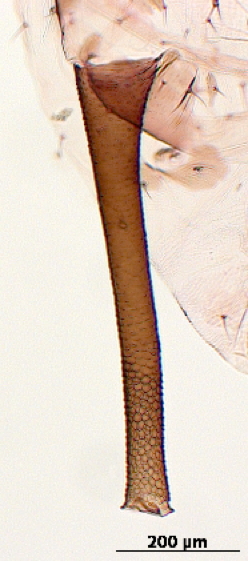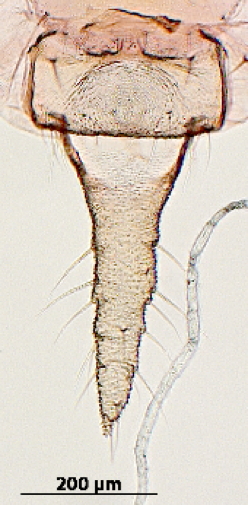Uroleucon ambrosiae
is a New World aphid species attacking mostly composites.
Common names. Brown ambrosia aphid.
Distribution. This aphid is distributed throughout North and Central America and is established in parts of South America.
Host associations. It has been recorded from species in at least 4 plant families.
Economic importance. It is particularly important on Asteraceae including, Achillea, Ambrosia, Aster, Cichorium, Coreopsis, Eupatorium, Lactuca, Rudbeckia, Senecio, Solidago, Taraxacum, Xanthium, and others. It has been implicated in the transmission of 3 plant viruses.
See also. Taxonomy at Aphid Species File. Aphids on the World's Plants. Literature references.
